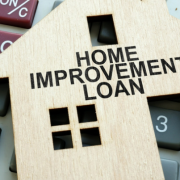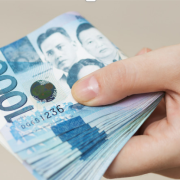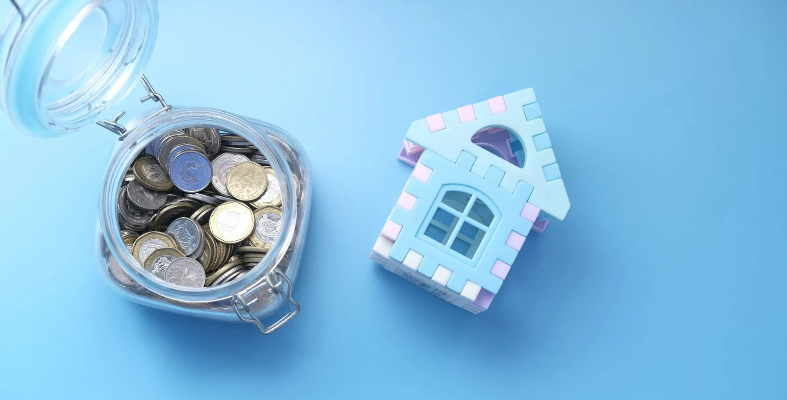
Secured Loans – What are they and How to Apply for Secured Loans?
Unsecured loans are a powerful financial instrument since they do not demand collateral.
But you can only borrow so much from them. A secured loan may use if you need to borrow a large sum of money to start a business.
Understand when secured loans are a better credit alternative and balance the advantages and disadvantages to make an educated decision.
Secured Loans – What are they and How to Apply for Secured Loans?
What exactly are secured loans?
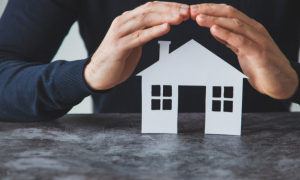
Collateral security is required for secured loans or secured personal loans. As a result, an asset, a vehicle, a house, or a plot of land is crucial for obtaining a secured loan. Secured loans often offer lower interest rates than unsecured loans because they represent less risk to the lender.
If you fail on the loan, the lender may be able to recoup their losses by repossessing your item. So be extremely cautious with your repayments.
People who choose secured loans often want to borrow a large sum of money, which an unsecured loan may not be able to provide. Without collateral, you may be unable to borrow hundreds of thousands of dollars.
Different Types of Secured Loans
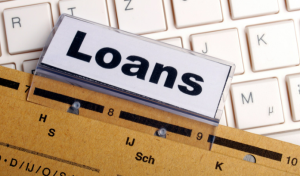
Secured loans exist in various forms, but the three most frequent varieties are three financial consumer lending staples, all of which need sufficient collateral before the loan is accepted.
Mortgage Lending: Mortgage loans are the most common kind of secured loan. Lenders consider such loans “secured” since the borrower puts up their home as collateral.
If the borrower fails to repay the secured loan, the house may go into foreclosure, and the borrower may lose their home.
Vehicle Loans: Auto, boat, motorbike, and even private jet loans are classified as secured loans since the vehicles are used as collateral to secure the loan.
Failure to repay the secured loan, like with a mortgage, may result in the lender repossessing the car.
Secured Credit Cards: Secured credit cards are an excellent method for individuals with no credit history to get credit and improve their credit ratings. However, secured credit cards demand a cash deposit as collateral instead of a mortgage or vehicle-secured loan. If the cardholder fails to pay the monthly charge, the cash deposit might be taken from their account and applied to the bill.
If you have a secured loan and are in default, take the following measures right away:
Make contact with the Secured Loan

Communication with your lender is critical if you are late on a secure loan payment. If you’re upfront with your lender about late fees and income concerns, they’ll be more likely to give you additional time to pay the debt or perhaps work out new loan repayments.
If a lender does not hear from you after several reminders, they may presume the worst and begin the loan repossession procedure. Contacting your lender and informing them of your secure loan repayment issue is critical.
Organise Your Payments

Keeping your eye on the goal and preserving your house, vehicle, or other item used as collateral for a secured loan should be a top concern.
If you fall behind on a secured loan payment, such as a house mortgage, reduce your unsecured loan payments and utilise the extra income to keep your secured loan current.
If your income issues are transitory, borrow cash from a family member or friend and use the money to repay your secured loan while keeping your house, vehicle, or other collateralised item protected from repossession.
Seek Financial Assistance

If you’re falling behind on your secured loan payments and suffering in other areas, seek expert money management assistance. Speak with a financial department counsellor or engage with a firm like Experian, which assists individuals in improving their bad credit scores and getting back on their feet financially.
A secured loan’s eligibility requirements
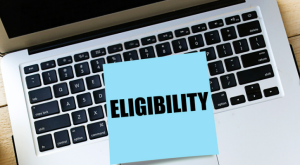
To get a secured loan, you must meet some of the conditions set by the lender, just as you would for any other loan.
- One must have assets that may be used as collateral for a loan. The market value of the item must be more than the loan amount.
- 18 years is the minimum age to apply for a loan.
- The loan seeker’s income is verified since income solely affects the borrower’s repayment ability.
Income: The applicant’s income is also verified since this is how a lender decides the maximum loan amount and payback capabilities. The minimum income for paid individuals to apply for a personal loan online should be 25,000.
The following criteria of personal loan eligibility are work duration. A paid worker must have worked for at least two years, and a self-employed person must have earned at least five years.
Credit Score: A credit score of 750 is generally regarded as qualified for a personal loan. However, if you apply via NBFCs, a person who is new to credit may also get a personal loan. Your credit score will be 0 if you are new to credit (zero). In such cases, NBFCs outperform banks in terms of credit availability.
Documents Needed for a Personal Loan
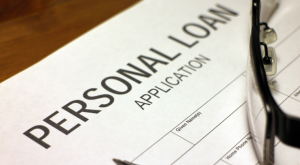
- 2 passport-sized photos
- Identity verification: (passport, voter ID, driving licence or pan card).
- Address verification: (lease agreement, less than 3 months old utility bill or passport).
- Bank statements for the last three months
- Salary slip in the previous three months
- Documents proving the existence of a company in the case of self-employed candidates
Conclusion
If you default on a secured loan, the lender will be able to seize the collateral financial assets you own, such as a home or car, to recoup their losses.
If you cannot repay the loan, the lender may place a lien on the collateral. Your unique demands and financial status will determine the best option for your loan.
However, regardless of the urgent situation, remember to check and make an educated conclusion thoroughly. Use loan calculators to obtain a clear picture of your getting into.

